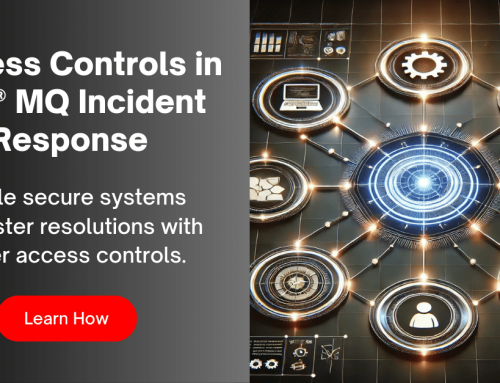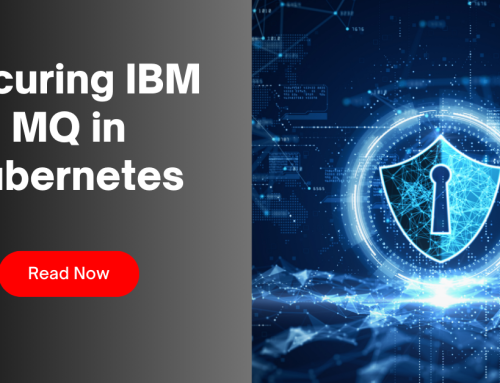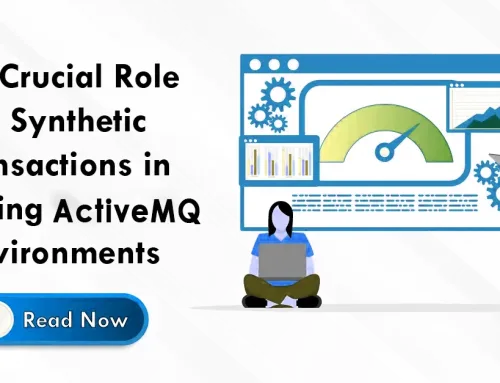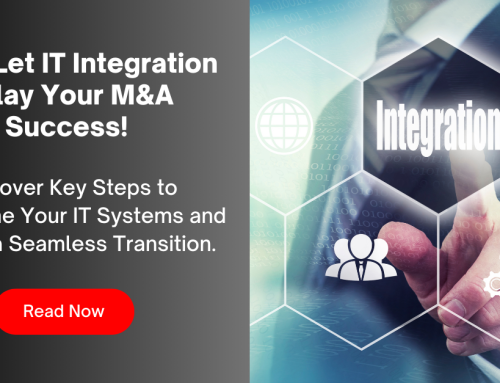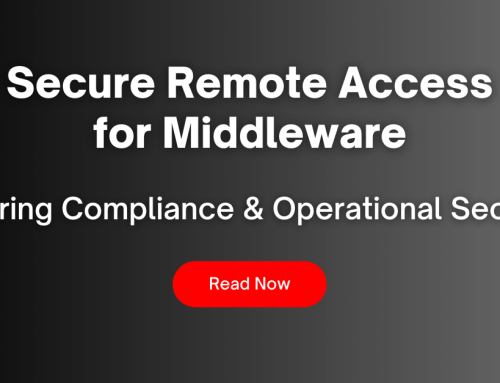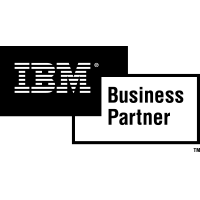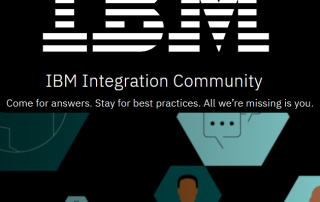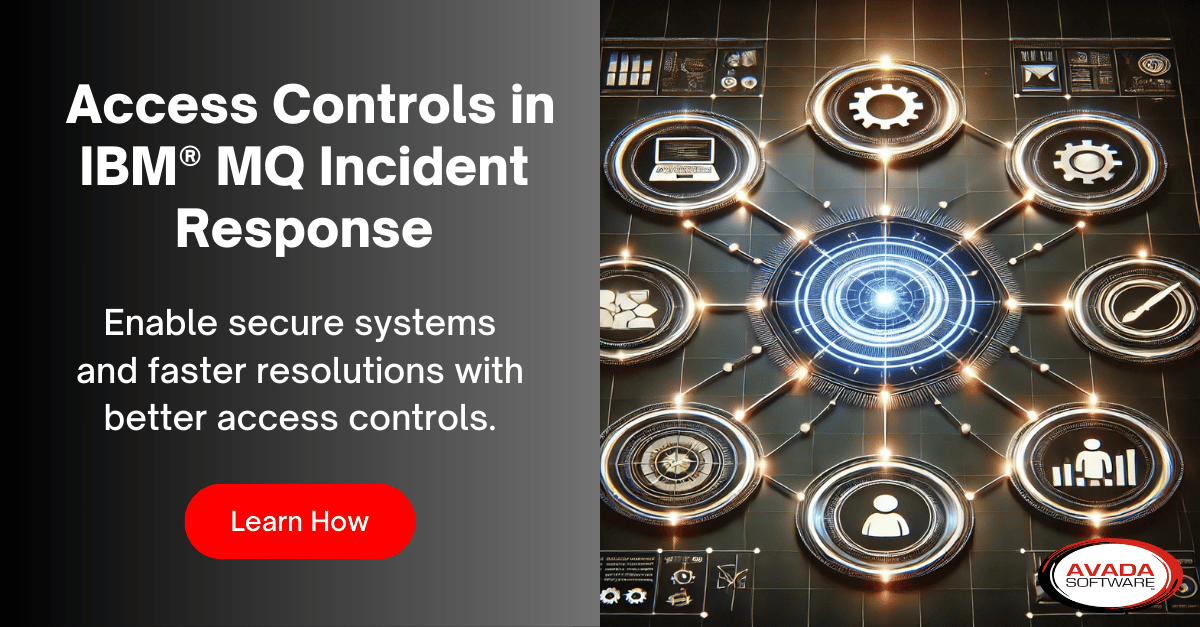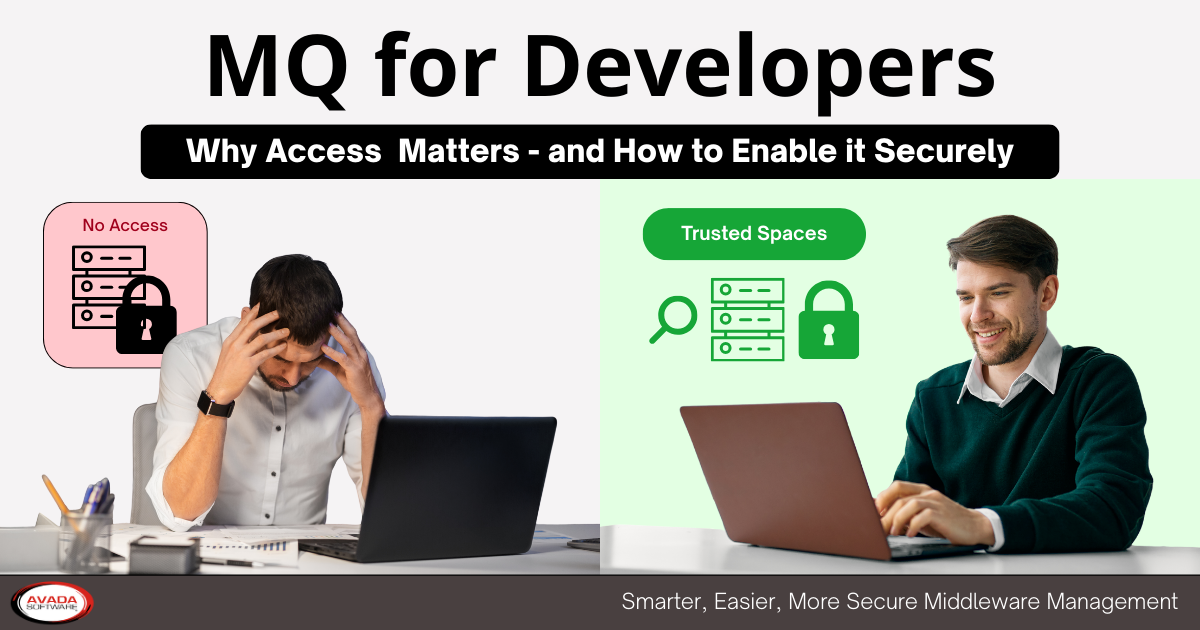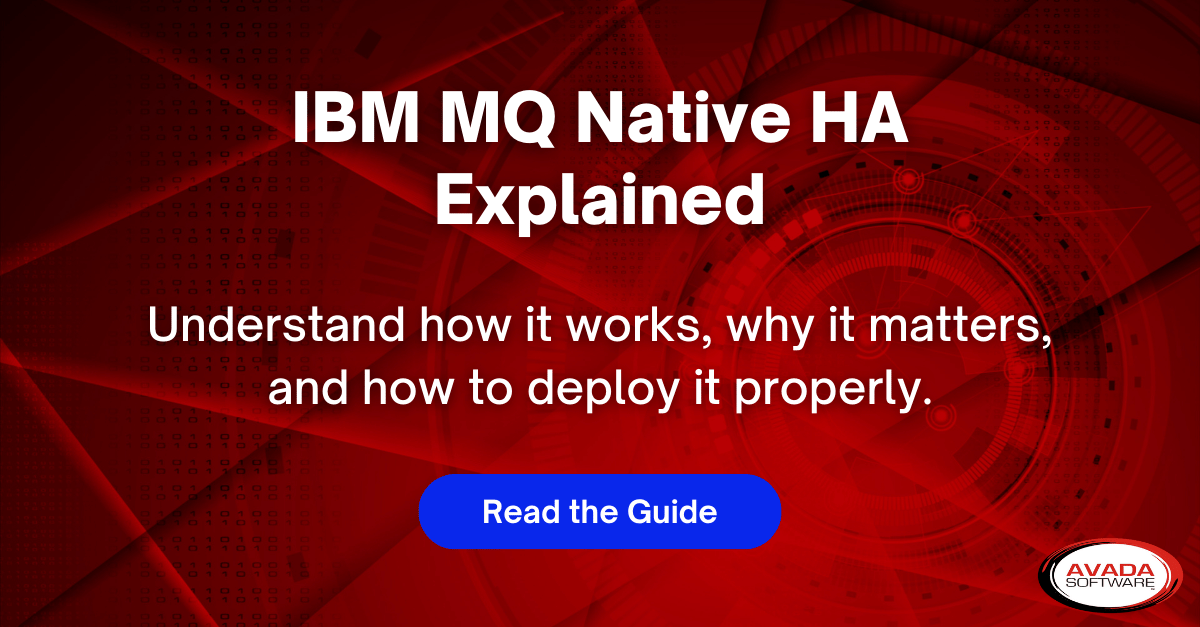Navigating MQ: From Basics to Best Practices
Lesser-known IBM® MQ Best Practices
Our very first article in our Navigating MQ: From Basics to Best Practices series will begin with learning how optimizing IBM MQ usage can greatly enhance the performance and reliability of your messaging system. Here’s a quick guide covering some lesser-known best practices to make the most of IBM MQ:
1. Strategic Queue Manager Placement:
Distribute queue managers across different physical machines to minimize the impact of failures. This enhances fault tolerance and ensures high availability.
2. Efficient Queue Design
Keep queue depths shallow to avoid potential bottlenecks. Consider partitioning queues for better scalability. Implement queue-sharing groups for workload balancing and improved concurrency. You can find out more about how to ensure optimal queue depths here.

3. Thorough Monitoring and Alerts:
Utilize monitoring and administration tools, that are specifically designed for IBM MQ, to track queue depths, message rates, and system health. This is an important IBM MQ Best Practice, because tools that are designed for broader IT infrastructure monitoring or data monitoring do not have the capabilities to manage the unique features and scheme of IBM MQ. Be sure they monitor in real time, and not just monitor logs so you can set up proactive alerts to notify administrators of potential issues before they escalate. Read more about monitoring IBM MQ here. Remember that in today’s world of cloud storage and bandwidth charges, logs and trace information cost $$$!
A strong (and lesser known) caution here: Deploying software agents for monitoring or management of IBM MQ, or any middleware, brings forth a range of security risks and organizations must consider these carefully. While these agents are designed to collect data and perform specific tasks, they often require elevated privileges to access system resources, which can potentially introduce vulnerabilities. These agents, if compromised, could serve as an entry point for attackers to infiltrate the system, allowing unauthorized access or manipulation of critical data. Furthermore, each additional agent introduces a new component to the ecosystem, increasing the attack surface and complexity of managing security patches and updates. Additionally, poorly managed or outdated agents might become outdated, leaving known vulnerabilities unaddressed and exposing the system to exploitation. Hence, organizations must conduct thorough risk assessments and implement stringent security measures to mitigate these inherent risks associated with software agents.
4. Optimal Channel Configuration:
Use channel encryption (SSL/TLS) for secure communication between queue managers.
Tune channel parameters like batch size and heartbeat intervals for optimal performance based on network characteristics. Be sure you have a tool that lets you easily start, stop, configure, and manage channels.
5. Message Compression and Encoding:
Enable message compression to reduce network overhead and improve throughput.
Opt for appropriate message encodings (e.g., UTF-8) to support multilingual data efficiently.
6. Dead-Letter Queue Handling:
Regularly monitor and clear dead-letter queues to avoid accumulation of undelivered messages.
Implement proper error-handling mechanisms to redirect problematic messages for analysis and resolution. Also, when messages are found in the dead queue, there should be a dead letter handler to try to resend them where they should have gone initially. Here is an 8-step synopsis on how to do that with command line tools like runmqsc to access the queue manager where the DLQ is located. Or, go here to learn about how to automate that whole process (and some others too).
7. Throttling and Flow Control:
Implement flow control mechanisms to manage message rates during peak loads, preventing system overload. Use IBM MQ’s built-in features like message throttling to regulate message flow and prevent resource exhaustion.
8. Backup and Disaster Recovery:
Regularly back up queue manager configurations and message data to prevent data loss in case of failures. Backing them up to the server that the Qmgr is on is problematic, since losing that server would lose both the Qmgr and the backup. Also version your backups so that you understand at which point to restore; if a Qmgr change caused the disaster, then you don’t want to restore THAT change. Have a robust disaster recovery plan in place and perform regular drills to ensure its effectiveness.

9. Periodic Maintenance and Upgrades:
Stay updated with IBM MQ versions and apply patches and fixes regularly to benefit from performance improvements and security enhancements. This is especially true in today’s compliance world where vulnerabilities are a moving target.
Schedule routine maintenance tasks like log file management, purging obsolete messages, and optimizing storage usage.
10. Documentation and Training:
Maintain comprehensive documentation outlining configurations, procedures, and best practices to facilitate smooth operations and aid troubleshooting. Train administrators and users regularly to ensure familiarity with IBM MQ’s features and best practices.
By implementing these lesser-known IBM MQ best practices, organizations can harness its full potential, ensuring a robust, efficient, and reliable messaging infrastructure for their business operations.
If you found these insights valuable and are eager to learn more, don’t miss our upcoming article on IBM DataPower best practices. Make it easier for yourself by filling out the form below, and we’ll deliver the next piece of expert knowledge straight to your inbox. Stay ahead in your MQ journey with our tailored insights.
Infrared360® Resources
More Infrared360® Resources

